Volodymyr Zelensky has repeatedly stated that Ukraine received from its allies fewer resources than it needed to win. Western countries have their own reasons for this: from the Kremlin's "red lines" to the Chinese threat.
Ukrainian forces continue to advance in the Bakhmut area and in the Donetsk-Zaporizhzhia direction, according to the ISW report dated July 9.
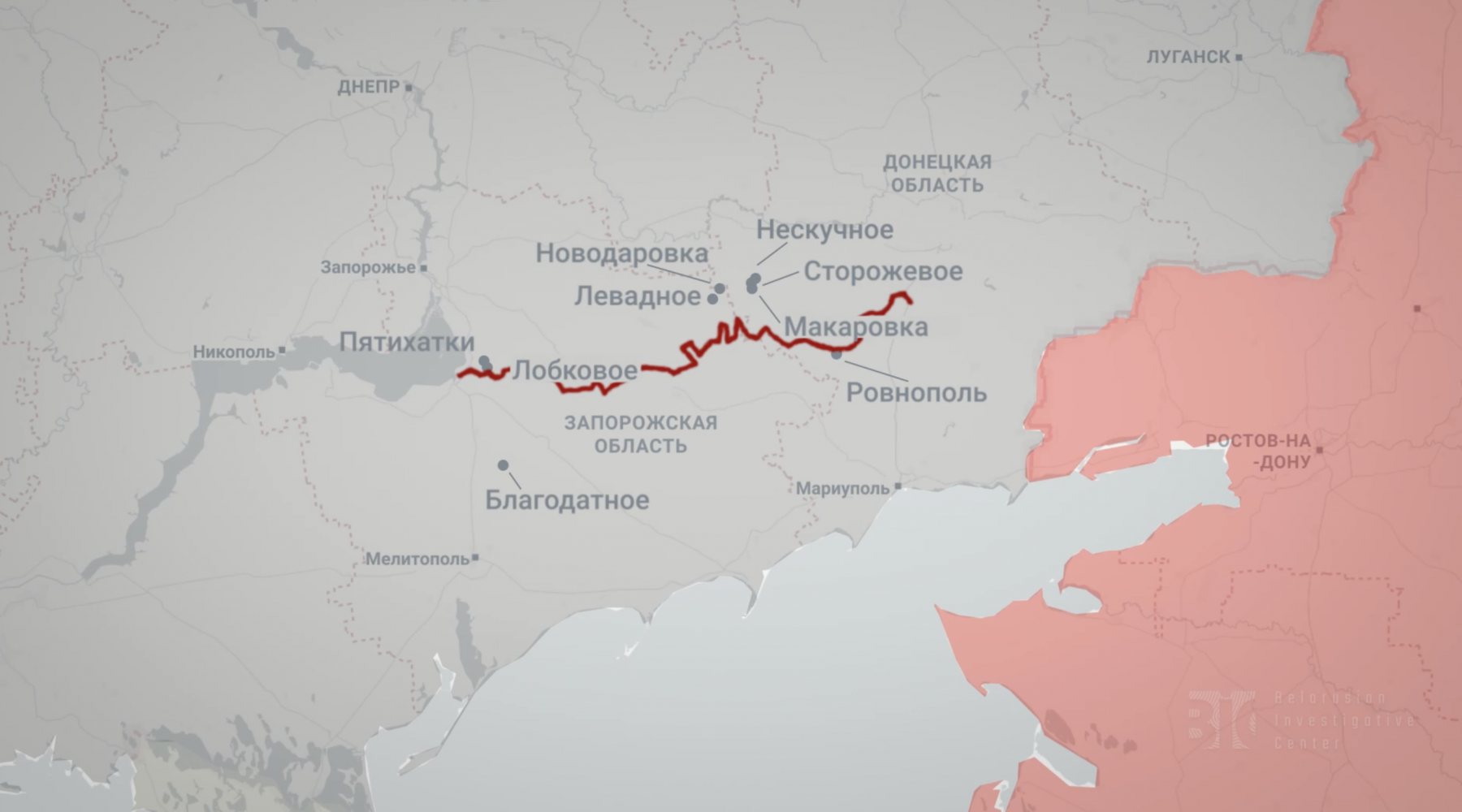
Previously, the Ukrainians have liberated nine settlements and the counteroffensive has already broken through the first Russian lines of defense, it was reported on June 26.
According to experts, the West is gradually increasing the number and technical quality of military aid for Ukraine so as not to irritate the Kremlin with “red lines” rough crossing and thereby minimize the risks of nuclear weapons response.
Although Kyiv's allies have formally already crossed the borders designated by Moscow, for example, by supplying Ukraine with Storm Shadow missiles with a range of up to 250 km.
Since the beginning of the war, Ukraine has received most of the weapons from the United States in terms of the number of units.
At the same time, the USA, the global leader in military spending with the most powerful army in the world, does not cover all the needs of Kyiv.
How much is the US spending on Ukraine
The 2023 US defense budget for 2023 is $858 billion. This exceeds the Russian military budget by more than 10 times, and twice as much as the entire Russian budget.
One would think that with such a benefit, the United States could have easily helped Ukraine with achieving a decisive advantage over the aggressor.
The US House of Representatives has passed a government FY 2023 funding bill, in which a record $44.9 billion is earmarked for aid to Ukraine — that is, 5% of the US Defense budget. The Ambassador of Ukraine to the United States Oksana Markarova announced at the end of 2022 that $28.4 billion would go to military needs. The rest is for economic recovery, energy security, assistance to refugees, and overcoming the humanitarian crisis.
By comparison, the US had been spending an average of $43 billion a year on the war in Afghanistan for 18 years.
On the war in Iraq — annually about $100 billion for eight years. American troops have also fought in Iraq and Afghanistan, so the money has gone not only to armaments.
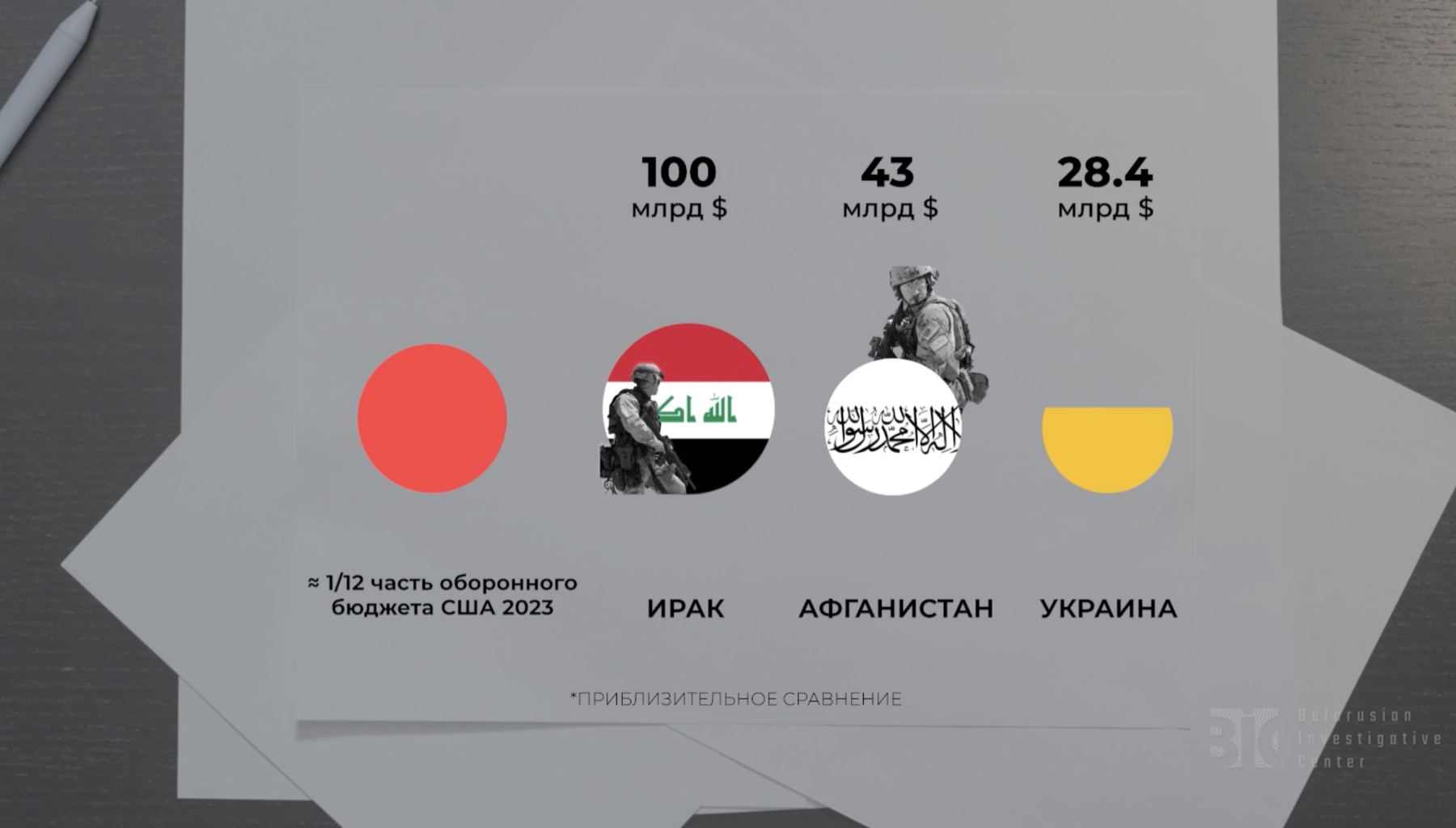
Meantime, the FY2023 US defense budget allocates $163 billion directly for arms purchases. The rest goes to the servicemember pay and benefits, support of servicemembers and their families, military healthcare, military modernization, research & development, Defense Related Nuclear Programs, military construction & facility improvements.
That is, the cost of military aid for Ukraine is equivalent to one-fifth of all US arms spending.
The Сhina Threat
A potential war with China is one of the possible reasons why the US provides Ukraine with assistance in the amount of 5% of the US military budget.
In April 2023, the BBC, citing analysts, called relations between Beijing and Washington the worst since 1979.
The reason is the growing tension around the more than 70-year-old conflict between China, Taiwan, and Taiwan's American allies.
After the defeat in the civil war had happened in 1949 and the Communists had gotten power, the former Chinese government took refuge on the island of Taiwan, gaining international recognition and representing China in the UN until 1971.
However, by the end of the 70s, most countries, including the United States, had recognized the communist power of Beijing and the People's Republic of China.
At the same time, the United States has been providing financial support to Taiwan. Largely due to this, Taiwan’s become one of the most economically developed countries in the world.
China considers the island its own and has repeatedly announced plans to annex it.
The United States has officially the “One China” policy while supplying Taiwan with weapons for its self-defense.
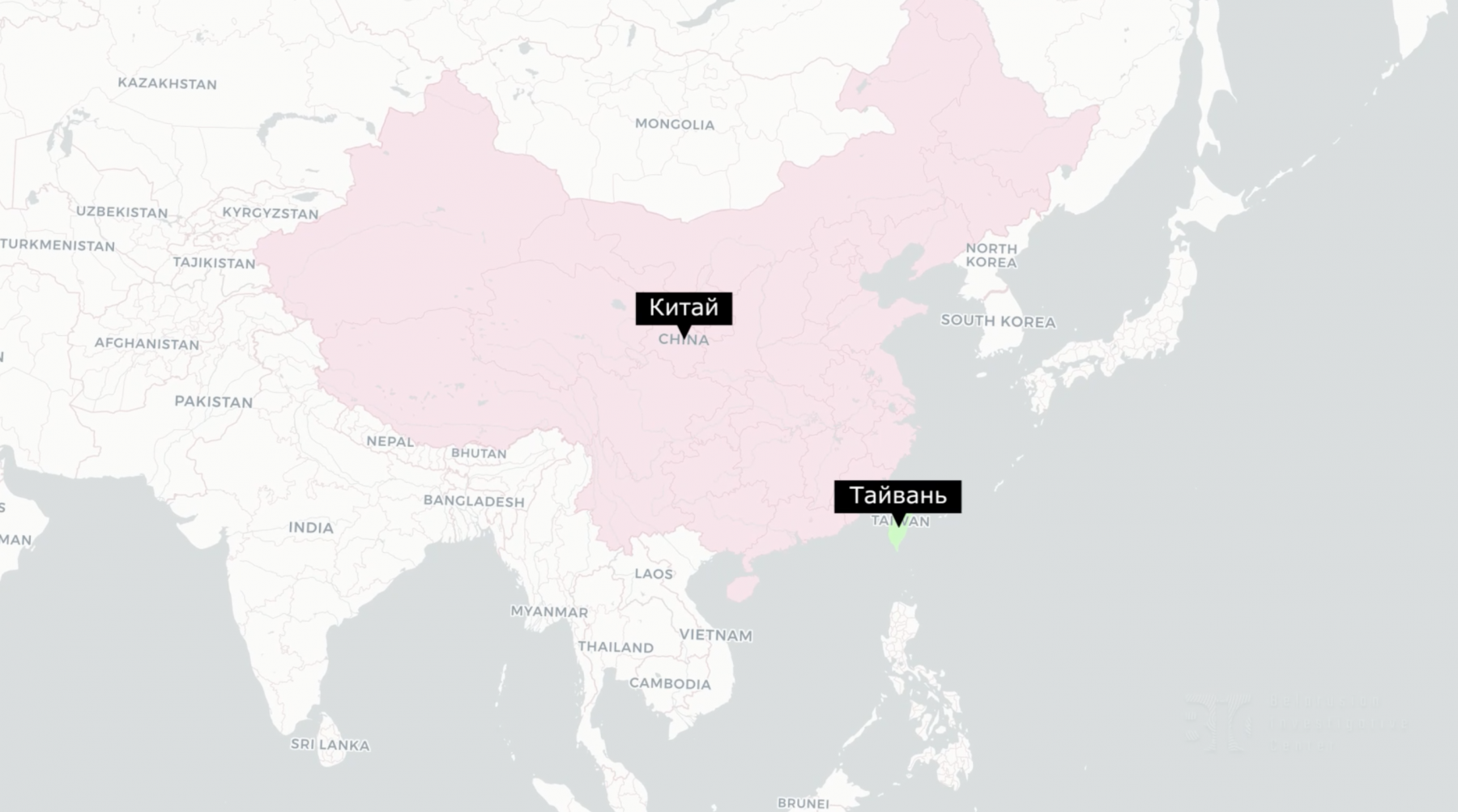
Taiwan is important to the global economy. The island produces more than 60% of the world's semiconductors and 90% of the most advanced of them.
According to the US Director of national intelligence Avril Haines, the loss of the global economy from China's invasion of Taiwan would be up to $1 trillion a year, which is comparable to the GDP of 14 countries such as Belarus.
US forces would defend Taiwan in the event of a Chinese invasion, US President Joe Biden said in September 2022.
In the spring of 2023, Chinese President Xi Jinping instructed the military to prepare for the possible capture of the island in 2027, CNN reported, citing US intelligence.
In March 2023, the US Joint Chiefs chairman Gen. Mark Milley warned against the rise of the “overheated” rhetoric of a looming US war with China. Have the US military "really, really strong [and] lower the rhetoric a little bit with the temperature”, he wished, recalling Roosevelt's words ‘speak softly, carry a big stick’.
We’re not on the “brink of war” with China, he added. But, according to him, the United States should continue its own military capabilities, just in case.
Beijing closes the gap in military power with the United States, VOA reports at the end of 2021, referring to representatives of the US military leadership.
The US still has got three times as many aircraft and helicopters. But China's military capability surpasses the USA in some areas.
According to the YouTube channel Global Analysis, for example, at the beginning of 2022, China had one and a half times more ships and tanks than the USA. Artillery — almost three times more.
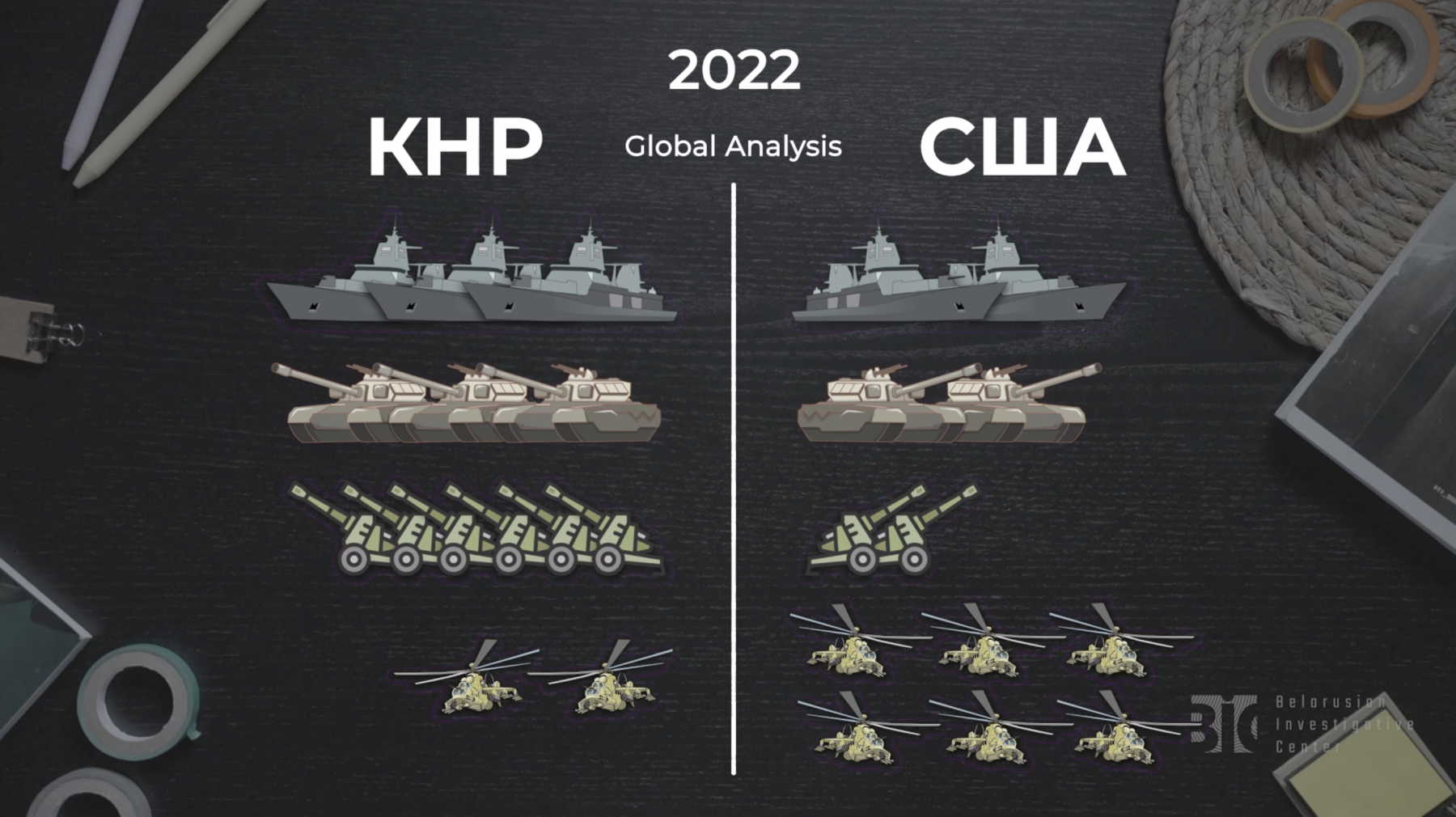
However, the US can make up for China's quantitative advantage with its quality.
Even though the new Chinese tank Type 99 is better than the American Abrams in terms of gun power and movement speed, cases of bad military equipment sales to friendly countries raise doubts about China's arms potential.
Key benefits of AI at war
Artificial intelligence is one of the main technologies that affect the course of the conflict between major powers.
Ex-Pentagon software chief Nicolas Chaillan in October 2021 said, that the USA had “no competing fighting chance against China in 15 to 20 years”.
In 2021, he resigned in protest at the slow pace of technological transformation in the US military including insufficient AI development.
This statement could be argued. More than half of all global spending on AI comes from the United States. From China — about one-tenth.
According to an IDC Spending Guide, spending on Artificial Intelligence solutions will double in the United States by 2025, growing up to $120 billion (26% annual growth from 2021 to 2025). And China’s AI Market, starting from $14,75 billion in 2023, will exceed $26,44 billion by 2026, IDC’s Forecast says.
The majority of AI investment in the US comes from IT giants through civil society organizations. Nearly 40% of AI spending in the industry goes for the adoption of AI bots for customer services within retail. AI spending in the Banking industry will be spread across several different functional areas, including customer service, operations, and security.
The United States faces not only financial but also ethical restrictions in the field of AI research in military applications.
First of all, Washington meets difficulties in attracting leading technology companies to participate in military research.
According to Elon Musk, CEO of Tesla, and Steve Wozniak, co-founder of Apple, these companies are concerned about the thoughtless AI arms race and the possible negative consequences. They are not only concerned about the possible uprising of the machines, but also that without strong regulation, the owner of a more advanced AI, or the AI itself, could take over the information space.
In addition, effective training of AI requires a massive amount of objects to be studied, that is, data from ordinary users.
However, personal data use may globally challenge human rights principles and affect individual freedoms.
Unlike the US, China does not impose legal restrictions, and most likely does not create limitations for developers to use their citizens' data for AI training.
Money and ratings
The AI arms race is comparable to the nuclear arms race in World War II. A definite advantage will get the country, that reaches more progress in this area. For instance, AI-enabled hypersonic missiles could be invulnerable targets for enemy air defenses. Both the US and China are racing on the issue. And hopes for air defenses responding quickly to tomorrow’s threat are resting on AI development progress as well.
Pentagon has made the largest-ever budget request for AI research, development, testing, and evaluation budget. The request includes $130.1 billion for FY23 and $145 billion for FY24. However, US investment is not nearly enough, some experts say.
The AI arms race, on the one hand, is considered a crucial country priority by the US Department of Defense leadership, on the other, it imposes restrictions on the financing of military assistance to Ukraine.
There are more difficulties in new aid packages providing, especially in the face of the US presidential election.
The current administration of the Democratic Party, which is in favor of helping Kyiv, is forced to respond to the decreasing society's support of the funding for Ukraine's military needs.
According to the Associated Press-NORC Center for Public Affairs Research, last year more than 60% of voters agreed with funding, but in February 2023, less than half were in favor.
The policy of the Joe Biden cabinet is also being criticized by Donald Trump, who has a high level of national support: 44.1% vs 43.5% for Biden.
"We're giving away so much equipment, we don't have ammunition for ourselves right now," Trump said at a meeting with voters in May 2023.
And previously he stated, that Americans had been spending too much money on Ukraine in the face of a large national debt and other financial problems. Similar ideas are also worded by Biden's main competitor for the position of the Democratic Party candidate, Robert F. Kennedy Jr.
However, there are still more people who fully support aid to Ukraine than those who oppose it: according to the Associated Press poll, there are 29% of critics.
Resource challenge
The lack of shells is another factor holding back the Armed Forces of Ukraine supplies.
Ukrainian forces fire an average of 7,700 artillery shells a day, according to The Washington Post. In the first eight months after Russian President Vladimir Putin’s invasion, Ukrainian forces burned through 13 years worth of Stinger antiaircraft missiles and five years of Javelin missiles.
Research conducted by the Center for Strategic and International Studies (CSIS) shows the current output of American factories may be insufficient to prevent the depletion of stockpiles of key items the United States is providing Ukraine. Even at accelerated production rates, it is likely to take at least five years to recover the inventory of Javelin antitank missiles, Stinger surface-to-air missiles and other in-demand items.
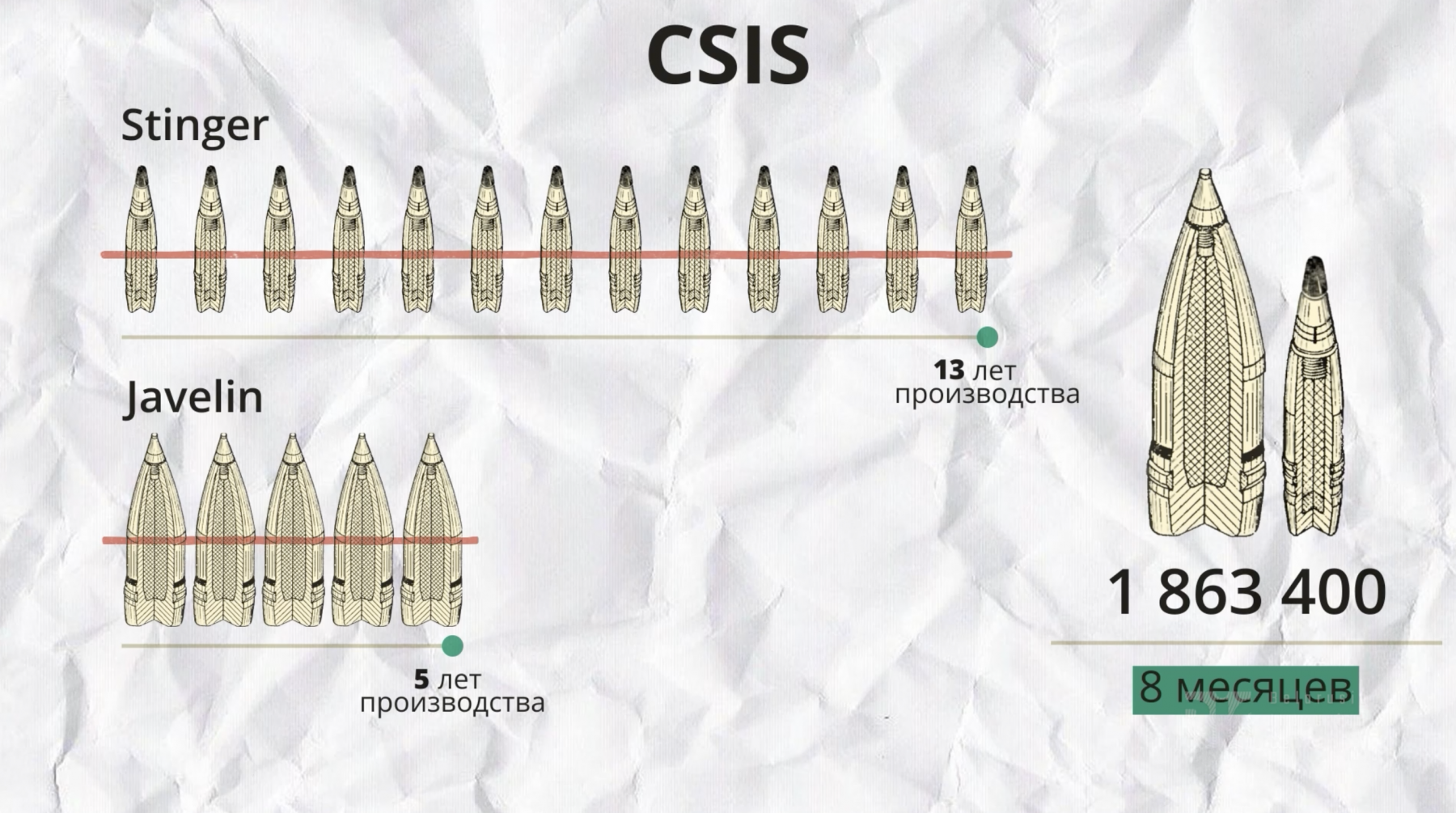
Defense Secretary Lloyd Austin in February 2023 said, that allies were training Ukrainians to warfare, figuring out ways to fend off Russia without expending too much ammo.
Due to a scarcity of raw materials for gunpowder manufacture, both the US and the EU are hungry for ammunition.
Therefore, the resources of Western countries are limited, regardless of financial capabilities.
“It’s not possible to increase, in a short time, nitrocellulose [production] . . . In Europe, there are no important producers of the raw materials we need,” said Jiří Hynek, chair of the Defence and Security Industry Association of the Czech Republic, referring to a main ingredient of gunpowder.
The outlet cites the opinion of European manufacturers who see prospects in the supply of raw materials for explosives from India, Korea, and other countries further away.
According to Die Welt as of November 2022, for major European arms manufacturers, China is the most important supplier of raw materials for explosives. The coronavirus pandemic slowed down transportation: it took up to nine months from order to delivery.
After the full-scale Russian invasion of Ukraine had started, China intentionally limited supplies to Europe.
The US used to be the largest exporter of finished gunpowder until the only gunpowder factory exploded in 2021 in Louisiana.
Today, the country imports it from the UK, India, and the very China. According to its official statements, China is neutral and does not supply weapons to any of the parties of the Russian-Ukrainian war.
Although, a Chinese firm secretly sent large shipments of gunpowder to a Russian munitions factory, the New York Times reported.
No guarantees for manufacturers
In March 2023, European Union announced to spend as much as €500 million to support ammunition producers, as the EU aims to provide Ukraine with 1 million rounds of artillery ammunition over the next year.
Based on 7,700 shells per day, this number provides a third of the required ammunition for this period.
The Romanian government has already announced talks with US and South Korean companies to build a gunpowder factory in the country. The last plant was closed in 2004.
Politicians are urging defense companies to produce more weapons to help Ukraine. But companies say they can’t move until they get binding deals from governments and signed long-term orders for weapons and ammunition.
Otherwise, companies, invest hundreds of millions for ramping up, risk only to see demand fade in a few years and incur losses without being able to sell of reserves.
Western governments are not ready to guarantee companies long-term income. Defense enterprises are considered to make super profits.
Ukraine between Allies and Russia
External and internal, political and technical factors in the allied countries, primarily in the United States, prevent Kyiv from increasing arms supplies.
The majority of the US defense budget goes to the arms and technology race with China. Also, the Joe Biden administration is forced to take into account the risks of supporting Ukraine in the face of the presidential election.
Meantime, Washington is poking the bear. The United States will give a new $800 million military aid package to Ukraine, with cluster munitions transfer among other things.
Colin H. Kahl, undersecretary of defense for policy, briefs and the news media at the Pentagon announced this on July 7.
This decision is not least due to the gradually increasing scarcity of conventional weapons stocks. Not only Ukraine is running out of ammunition, but also the Allies countries. They are Germany, France, Denmark, Great Britain, the Czech Republic, and Poland.
And Russia is running out of weapons stocks as well. Given the sanctions in the account, Moscow is unlikely to be able to ramp it up significantly. It is difficult to evaluate the real state of the Russian defense complex since the data are classified.



